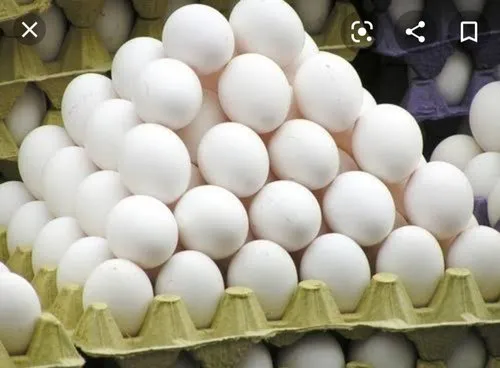Union Minister releases a genetically improved variety of Catla at ICAR-CIFA
Field trials conducted in Odisha, West Bengal, Assam, and Maharashtra demonstrated the improved Catla’s ability to reach an average weight of 1.8 kg in polyculture systems.
Union Minister for Fisheries, Animal Husbandry and Dairying and Panchayati Raj, Rajiv Ranjan Singh launched “Amrit Catla,” a genetically improved variety of Catla (Labeo catla), at the ICAR-Central Institute of Freshwater Aquaculture (ICAR-CIFA), Bhubaneswar. The National Freshwater Fish Brood Bank (NFFBB) of the National Fisheries Development Board (NFDB) received the Amrit Catla, ensuring its wider distribution and availability for farmers across the country. This development represents a significant milestone in freshwater aquaculture and aligns with the institute’s efforts to enhance fish seed quality for India’s growing fish farming community.
ICAR-CIFA began a selective breeding program in 2010 to improve the body weight of Catla at harvest, addressing the need for high-quality fish seed. The program collected nine strains of Catla, sourced from West Bengal, Bihar, Odisha, Andhra Pradesh, and Uttar Pradesh. These strains were utilised as the base population for the selective breeding program. Through the Combined Family Selection method, the breeding process was guided by phenotypic information and microsatellite markers. Superior animals were selected based on breeding value, and after four generations of breeding, a 15 per cent genetic gain per generation was achieved, leading to a cumulative gain of 35 per cent by the third generation. Field trials conducted in Odisha, West Bengal, Assam, and Maharashtra demonstrated the improved Catla’s ability to reach an average weight of 1.8 kg in polyculture systems, compared to 1.2 kg for local strains in one year. Recently, the “Amrit Catla” project received national recognition with the Best Technology Award at the 96th ICAR Foundation and Technology Day on July 16, 2024, and was officially trademarked as “CIFA-Amrit Catla” on August 1, 2024.
In his address, Rajiv Ranjan Singh emphasised the Ministry’s commitment to scaling up research initiatives. He assured that the Ministry would provide substantial support for research endeavours in the fisheries sector to ensure sustainable growth and enhanced productivity. He also highlighted that the Ministry has recently declared ICAR-CIFA as the Nucleus Breeding Center for freshwater fishes, further solidifying its role in the development of high-quality fish seed in India.
The event was attended by George Kurian, Minister of State for Fisheries, Animal Husbandry and Dairying and Minority Affairs, along with senior officials and stakeholders from the fisheries sector. The release of “Amrit Catla” underscores the government’s dedication to advancing aquaculture practices, ensuring quality fish seed supply, and boosting the nation’s fish farming industry.
Field trials conducted in Odisha, West Bengal,






